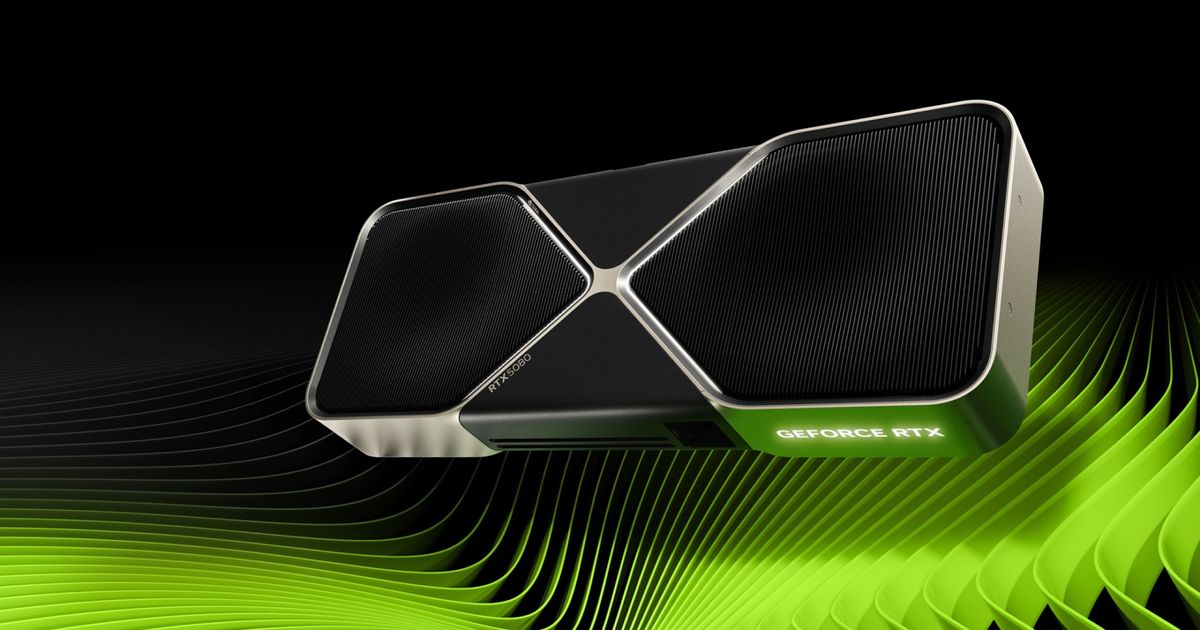Nvidia's GPU Lineup Haunted: RTX 5080 Joins Troubled Siblings in Silicon Saga

In a surprising turn of events, an eagle-eyed Reddit user has uncovered a potential discrepancy with the upcoming NVIDIA RTX 5080 graphics card. The user discovered that the GPU appears to have 104 Render Output Units (ROPs), falling short of the initially expected 112 ROPs.
This revelation has sparked curiosity and speculation within the tech community. ROPs are crucial components that handle the final rendering of pixels, directly impacting a graphics card's performance and image quality. The slight reduction in ROP count could potentially have subtle implications for the card's overall graphical capabilities.
While the difference might seem minor to casual observers, enthusiasts and hardware experts are closely analyzing what this could mean for the RTX 5080's performance. NVIDIA has yet to officially comment on the matter, leaving room for speculation and debate among tech enthusiasts.
As the launch of the new GPU generation approaches, such details continue to fuel excitement and anticipation about the next-generation graphics technology. Tech fans are eagerly awaiting more concrete information about the RTX 5080's specifications and real-world performance.
